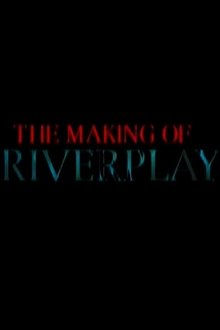Sketch Film #1 (Tomonari Nishikawa, 2005, 3 min., super 8, silent, 18/24fps, b&w, USA) As a painter carries a sketchbook and practices drawing, I carried a Super 8 camera and shot frame by frame, as an everyday exercise to make animations of lines and shapes found in the public space. The entire film was edited in camera and hand-processed afterwards.
Related Movies
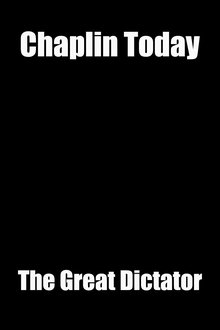
Chaplin Today: 'The Great Dictator' (2003)
A short documentary about the making of "The Great Dictator."

The Prince and the Pauper (1990)
Long ago in a land with an ailing king, there was a pair of boys who looked exactly alike, a pauper called Mickey and the other, the Crown Prince.

Fantastic Dinosaurs of the Movies (1990)
A collection of trailers from various "B" dinosaur and creature movies spanning though out film history, but mostly focusing on the drive-in type films of the 1950's, 60's, 70's and early 80's.

Romie-0 and Julie-8 (1979)
Two rival robotics companies in the future release their latest creations at a robotics convention, claiming each to be the latest and greatest in technological advances. Mega Stellar Company's release is a robot boy named Romie-O, while Super Solar Cybernetics has released a girl robot named Julie-8. Unforeseen to each of the company's creators, is how each of the advanced robots soon falls in love with the other.
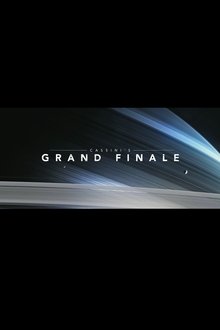
Cassini's Grand Finale (2017)
To help visualize the dramatic final chapter in Cassini's remarkable story, NASA's Jet Propulsion Laboratory produced this short film that features beautiful computer-generated animation, thoughtful narration and a rousing score. Producers at JPL worked with filmmaker Erik Wernquist, known for his 2014 short film "Wanderers," to create a stirring finale video befitting one of NASA's most successful missions of exploration.
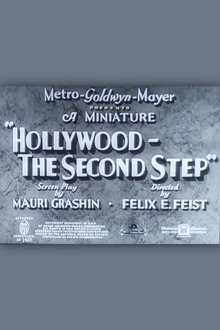
Hollywood - The Second Step (1936)
This short follows the early career of actress Jane Barnes. She starts by doing extra work. After several months she is offered a studio contract (the "first step"). However, her work consists mostly of fashion shoots and bit parts that end up on the cutting room floor. She is even used as a stand-in for Maureen O'Sullivan on the set of a Tarzan movie when camera angles and lighting must be set up.
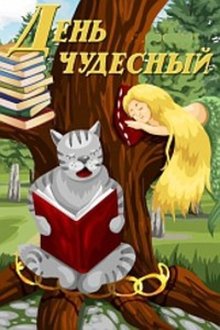
It's a Wonderful Day (1975)
The cartoon based on the works of Alexander Pushkin was created on the basis of drawings from the exhibition "Pushkin through the eyes of children".
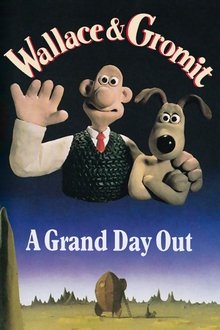
A Grand Day Out (1990)
Wallace and Gromit have run out of cheese, and this provides an excellent excuse for the duo to take their holiday to the moon, where, as everyone knows, there is ample cheese. Preserved by the Academy Film Archive.

The Wrong Trousers (1993)
Wallace rents out Gromit's former bedroom to a penguin, who takes up an interest in the techno pants created by Wallace. However, Gromit later learns that the penguin is a wanted criminal. Preserved by the Academy Film Archive.
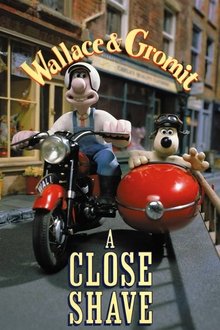
A Close Shave (1996)
Wallace's whirlwind romance with the proprietor of the local wool shop puts his head in a spin, and Gromit is framed for sheep-rustling in a fiendish criminal plot.
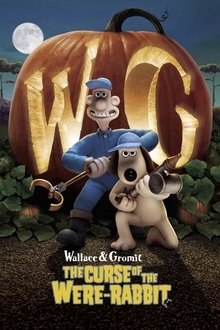
Wallace & Gromit: The Curse of the Were-Rabbit (2005)
Cheese-loving eccentric Wallace and his cunning canine pal, Gromit, investigate a mystery in Nick Park's animated adventure, in which the lovable inventor and his intrepid pup run a business ridding the town of garden pests. Using only humane methods that turn their home into a halfway house for evicted vermin, the pair stumble upon a mystery involving a voracious vegetarian monster that threatens to ruin the annual veggie-growing contest.
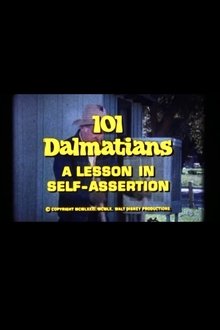
101 Dalmatians: A Lesson in Self-Assertion (1981)
The film teaches how to stand up to a bully through self-assertion.

-22.7°C The Far North Musical Experience (2019)
The music producer Molécule stayed in a village in Greeland, where he recorded the sounds of the Artic to compose music. The viewer follows Molécule in his adventure in the extreme North, in a sensorial and musical immersion.

Daybreak Express (1953)
Set to a classic Duke Ellington recording "Daybreak Express", this is a five-minute short of the soon-to-be-demolished Third Avenue elevated subway station in New York City.

Making Of Castelo (2019)
A two parts making of documentary, following José Augusto Silva and his film crew during the shooting of a university short film called Castelo.
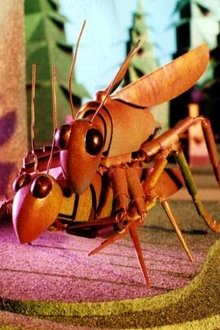
Primavera (1998)
PRIMAVERA is a three dimensional film featuring puppets that work in the so called telescope system which tries with the help of stylised images to visually depict the great variety existing in nature, the food chain and variations in the reproduction of different living organisms. The entire film is seen through the eyes of a butterfly larva.
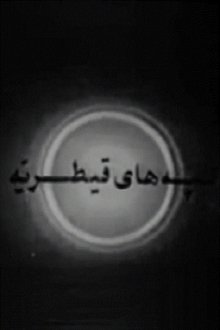
The Hills of Qaytariyeh (1969)
A strange and mischievous documentary on an archeological site in the Qaytarieh hills in Tehran. This short narrates the story of the dead people who wished never to be found.
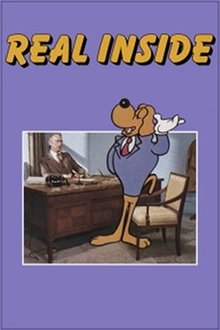
Real Inside (1984)
Hopeful job candidate Buck Boom is dynamic, forceful, confident and creative. But can he convince Mr. Mudgin, the personnel manager, to hire him? You see, Boom is an animated character in a live-action world and Mudgin is not used to dealing with someone who is different.
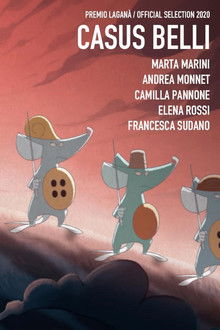
Casus belli (2020)
A terrible misunderstanding between a mouse and a frog provokes an escalation of reprisals and revenge that will culminate in the war between the people of Mice and the people of Frogs who both live on the edge of a field. But a real threat to this small world at war comes from somewhere else. Inspired by Batrachomyomachia (Battle of Frogs and Mice) a comic epic attributed to Homer.
